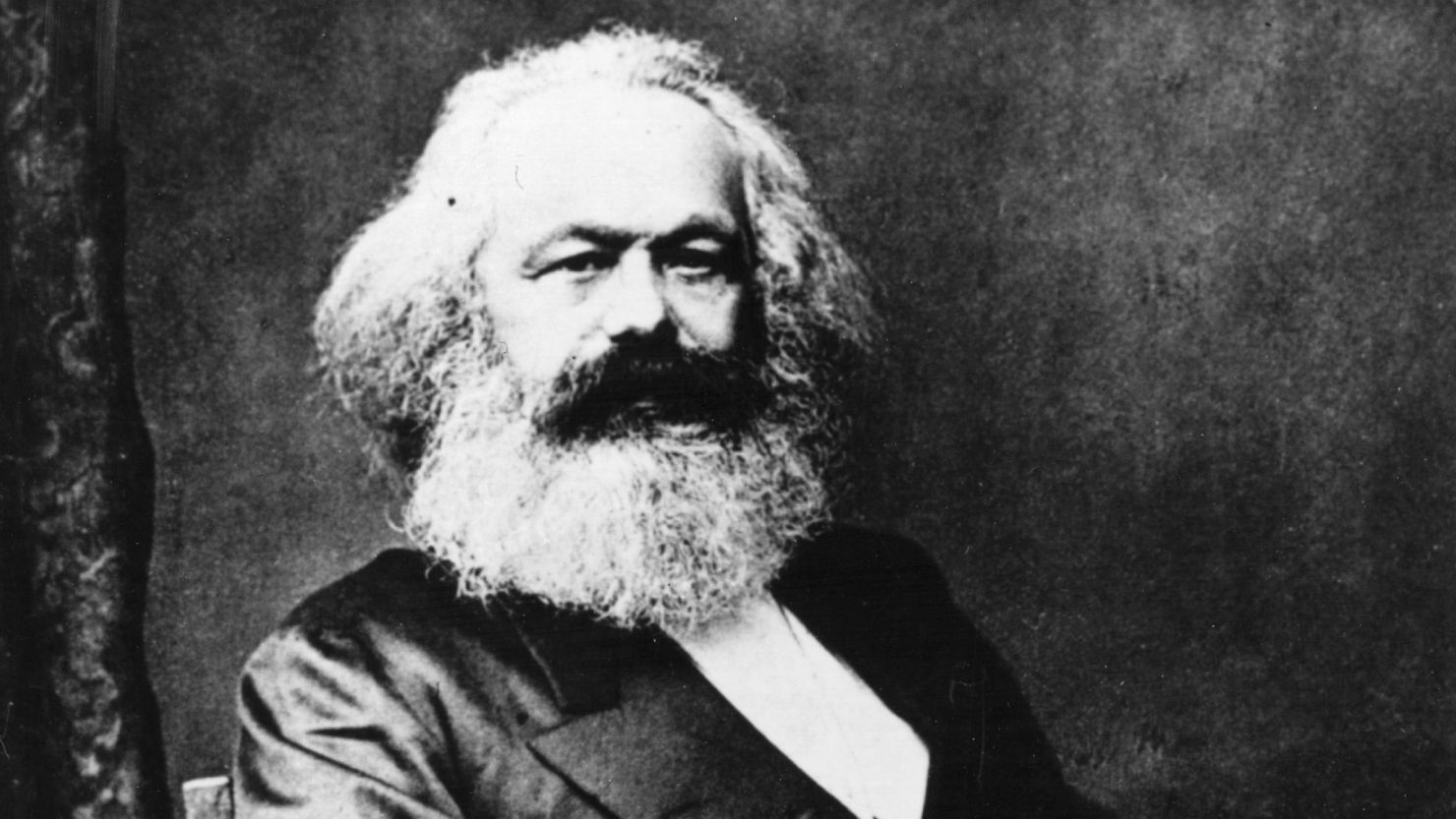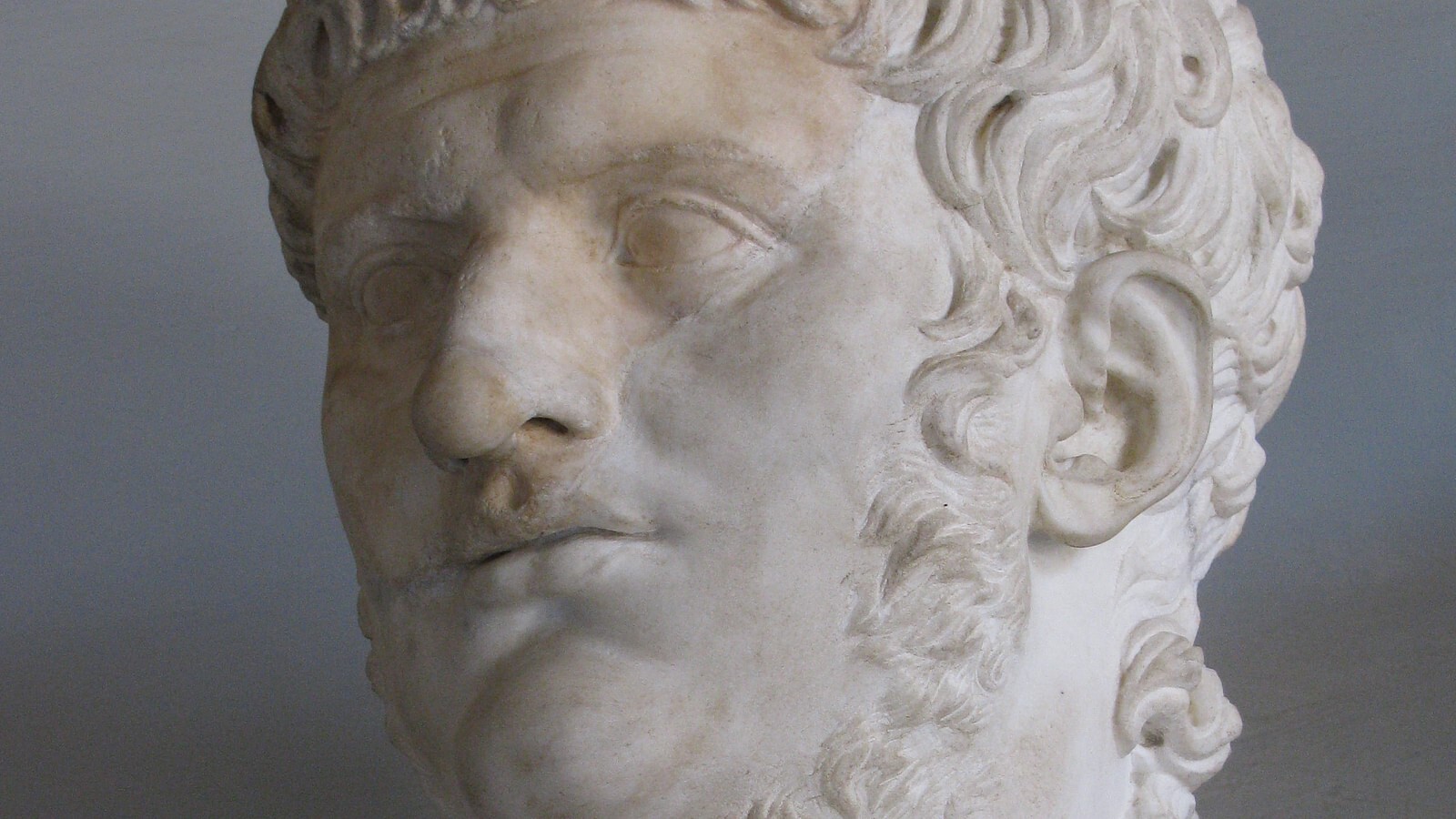
The Communist Manifesto, penned by Karl Marx and Friedrich Engels, stands as a pivotal document in world history, sparking revolutions and stirring debates since its publication in 1848. This manifesto laid the groundwork for modern socialism and communism, aiming to rally the working class against the capitalist system. With its bold call for proletarian revolution and a classless society, its influence has been both profound and controversial. In this blog post, we'll uncover 30 intriguing facts about this seminal work, from its origins and key themes to its impact and legacy. Whether you're a history buff, a political enthusiast, or simply curious, these insights will shed light on why The Communist Manifesto continues to resonate more than a century later.
Origins and Authors
The Communist Manifesto is a significant political document that has influenced many movements and ideologies. Let's dive into some fascinating facts about its origins and authors.
- Karl Marx and Friedrich Engels wrote the manifesto in 1848.
- It was commissioned by the Communist League, a group of radical workers.
- The manifesto was initially published in London.
- Marx and Engels wrote it in German.
- The original title was Manifest der Kommunistischen Partei.
Content and Themes
The manifesto outlines the goals of communism and the theory underlying this movement. Here are some key points about its content and themes.
- It begins with the famous line, "A spectre is haunting Europe—the spectre of communism."
- The manifesto is divided into four sections.
- It calls for the abolition of private property.
- The document emphasizes the class struggle between the bourgeoisie and the proletariat.
- It advocates for a revolutionary overthrow of capitalist societies.
Historical Context
Understanding the historical context of the manifesto helps in grasping its significance. Here are some historical facts.
- It was written during the Industrial Revolution.
- The manifesto was published just before the Revolutions of 1848.
- Marx and Engels were influenced by the French Revolution.
- The manifesto was banned in several countries shortly after its publication.
- Despite initial suppression, it gained popularity in the late 19th century.
Impact and Legacy
The Communist Manifesto has left a lasting impact on political thought and movements worldwide. Let's explore its legacy.
- It inspired the formation of communist parties around the world.
- The manifesto influenced the Russian Revolution of 1917.
- It has been translated into over 200 languages.
- The document is studied in political science and history courses globally.
- Many socialist and communist governments have used it as a foundational text.
Criticisms and Controversies
Like any influential work, the manifesto has faced its share of criticisms and controversies. Here are some notable points.
- Critics argue that it oversimplifies the class struggle.
- Some believe it underestimates the complexity of human societies.
- The manifesto has been blamed for justifying authoritarian regimes.
- It has been criticized for its utopian vision of a classless society.
- Despite criticisms, it remains a pivotal work in political theory.
Modern Relevance
Even today, the Communist Manifesto continues to be relevant in various ways. Here are some modern connections.
- It is often referenced in discussions about economic inequality.
- The manifesto's ideas are echoed in anti-globalization movements.
- Some modern socialist and communist groups still use it as a guiding document.
- It has influenced contemporary debates on capitalism and social justice.
- The manifesto remains a symbol of revolutionary change and social critique.
Piecing Together Our Understanding
We've journeyed through a landscape rich with history, ideology, and the profound impact of The Communist Manifesto. This document, more than a mere pamphlet, has been a cornerstone for political movements and debates across centuries. Its authors, Karl Marx and Friedrich Engels, didn't just pen a revolutionary text; they sparked a fire that would ignite discussions on social justice, economics, and class struggle worldwide. Understanding these 30 facts isn't just about adding to our trivia knowledge. It's about recognizing the manifesto's role in shaping modern political thought and its ongoing relevance in today's discussions on inequality and workers' rights. As we reflect on these insights, let's appreciate the depth and complexity of historical documents and their power to influence generations.
Was this page helpful?
Our commitment to delivering trustworthy and engaging content is at the heart of what we do. Each fact on our site is contributed by real users like you, bringing a wealth of diverse insights and information. To ensure the highest standards of accuracy and reliability, our dedicated editors meticulously review each submission. This process guarantees that the facts we share are not only fascinating but also credible. Trust in our commitment to quality and authenticity as you explore and learn with us.


